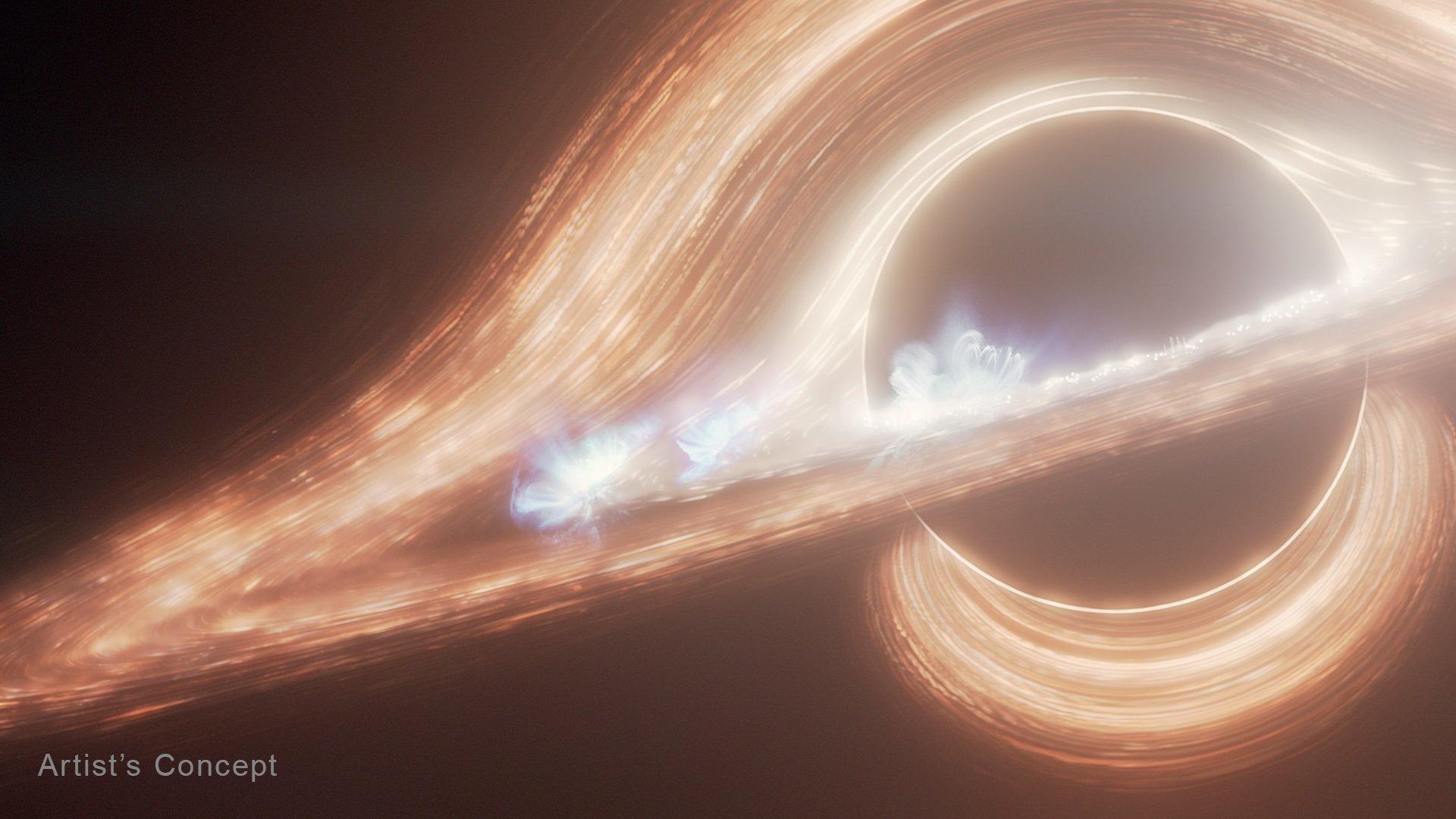The longstanding debate over the nature of black holes is gaining new momentum as researchers explore the possibility that they may not require singularities to exist. Traditionally, black holes have been defined by their event horizons and singularities, but recent theories suggest alternative models that challenge these conventional views.
Two primary types of black holes are discussed in scientific literature: theoretical black holes described in general relativity and those that have been directly observed, such as M87* and Sagittarius A*. Theoretical models stem from solutions to Einstein’s field equations, with the pioneering Schwarzschild metric introduced by Karl Schwarzschild characterizing non-rotating black holes. The more complex Kerr metric, established by Roy Kerr in 1963, accounts for rotating black holes, often depicted in popular media like the film *Interstellar*.
The Event Horizon Telescope has provided extensive data on observed black holes, revealing their rotation and structures that align with the Kerr model. Yet, the internal characteristics of black holes remain elusive. Observations cannot penetrate the event horizon, where light is trapped, leaving the existence of singularities unconfirmed.
The concept of singularities presents significant challenges in theoretical physics. A singularity is defined as a point of infinite density, leading to a breakdown of the laws of physics. This complexity has prompted physicists to invoke the cosmic censorship hypothesis, suggesting that singularities are always hidden behind event horizons, thus shielding them from direct observation.
Despite the theoretical grounding for singularities, they also introduce the notorious information paradox, whereby information is thought to be irretrievably lost once it crosses the event horizon. This paradox has led to calls for models of black holes that do not incorporate singularities or event horizons.
One alternative is the Hayward metric, proposed by Sean Hayward in 2006. This model modifies Einstein’s field equations to exclude singularities while maintaining essential characteristics such as being static, asymptotically flat, and spherically symmetric. A Hayward black hole resembles a non-rotating Schwarzschild black hole but fundamentally differs by lacking a singularity. Instead of collapsing to a point, the center of a Hayward black hole remains locally flat, akin to regions of deep space.
Further distinguishing Hayward black holes, this model does not possess an event horizon. Rather, it features an apparent horizon that allows for the gradual escape of matter and energy over time, somewhat akin to the principles of Hawking radiation but without depending on quantum theory.
Although Hayward black holes align with current observational data, they face scrutiny due to the absence of a physical mechanism to prevent singularities from forming. The model simply posits their exclusion as a fundamental principle, raising questions about its applicability in real-world scenarios.
The exploration of non-singular black holes opens avenues for resolving ongoing debates in astrophysics. As theoretical physicists delve deeper into quantum gravity and alternative relativistic models, the search for a comprehensive understanding of black holes continues to challenge established notions.
Research articles such as Rovelli and Vidotto’s “Planck Stars” and Mathur’s proposal to address the black hole information paradox underscore the significance of this inquiry. While current observations align with traditional models, the potential for new theories to reshape comprehension of black holes highlights the dynamic nature of astrophysical research.
As scientists strive to reconcile the implications of general relativity and quantum mechanics, the investigation into black holes without singularities could redefine our understanding of these enigmatic cosmic phenomena.







































































